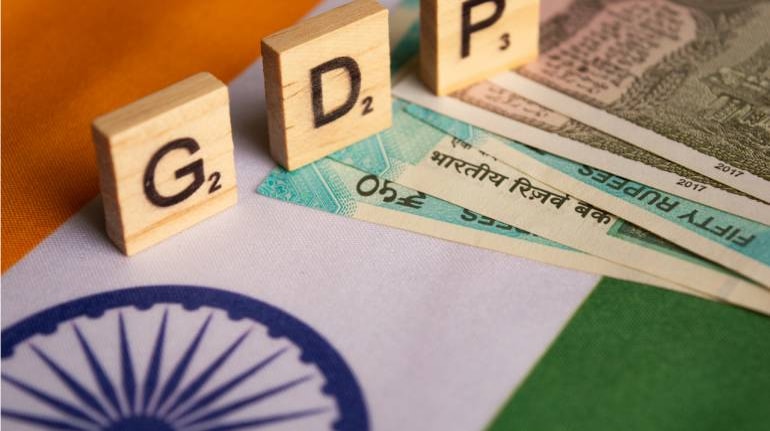



India’s gross domestic product (GDP) at constant prices grew at 8.4 percent in July-September this year, just about covering up the loss in output due to COVID-19 in the last two years, and well below the 20.1 percent mark seen in the previous quarter.
GDP had contracted by 7.4 percent in the corresponding quarter of the previous fiscal. The good news is that most sectors, except trade, transport, hotels and communications, performed well, even if on a low base.
Pent-up demand, after the deadly second wave of the pandemic, had swept the country in Q1, and the absence of nationwide lockdowns helped the economic engines to fire up as infections subsided. Some analysts are predicting 5-5.5 percent growth for the remaining six months of the fiscal year, so that the annual GDP growth may reach close to the 9 percent mark.
There are some important takeaways from the latest GDP print. Analysts believe the RBI may begin monetary tightening; the new COVID-19 variant, Omicron, will likely determine the trajectory of economic growth in the coming quarters and consumption will likely remain subdued.
According to the data released by the Central Statistics Office (CSO), GDP for the second quarter of 2021-22 was estimated at Rs 35.73 lakh crore versus Rs 35.61 lakh crore in the same quarter of 2019-20 and Rs 32.97 lakh crore in Q2 of 2020-21.
‘Monetary tightening may start soon’
An analyst at a Mumbai-based brokerage said that monetary tightening may start soon since growth has revived and core inflation has turned sticky. The RBI may undertake a phased withdrawal of liquidity and start raising policy rates, though any substantial transmission of these higher policy rates to depositors or for lending purposes may not happen immediately.
Pronab Sen, former Chief Statistician, pointed out that the first quarter of FY22 saw the deadly second wave of COVID-19 across the country and “in Q2, the country was coming out of this wave. As we saw last year as well, these situations create lot of pent-up demand, which comes to the market as fear factor abates. The really important issue is that due to an extended, nationwide lockdown last year, it took people lots of time to get production back on track. But there was no national lockdown this year; only state-wise lockdowns were there in a staggered manner. So, the time it took for producers to restart manufacturing was much shorter. Will this growth be sustained? That’s difficult to tell since we don’t know how much of this growth is because of pent-up demand, which will wash off after a little while. A clearer picture will emerge in the coming two quarters.”
Omicron-led restrictions feared
DK Srivastava, Chief Policy Advisor at EY, sounded a note of caution over growth projections in the remaining two quarters. He said that only the gross fixed capital formation (GFCF) has emerged positive at the end of Q2FY22 over Q2FY20 level.
“Private final consumption expenditure (PFCE), in terms of its magnitude, was still lower than its corresponding level in Q2FY20. While the investment pick-up provides a positive signal, private consumption demand would pick up with employment and income growth in the small and medium sectors, which is linked to the recovery in the services sectors, especially trade and hotels sector. This may happen in H2FY22, provided economic activities are not beset again by COVID’s new strain, Omicron.”
To a question on which areas of the economy continue to be of concern, CARE Ratings’ Chief Economist Madan Sabnavis also pointed to Omicron and the possibility of restrictions resurfacing. He said Q2 numbers show that we have come back to the pre-pandemic level and that growth has been well spread across all segments due to the base effect.
“We must remember that this quarter is the lean quarter with monsoon coming in the way of infra activity. Industry prepares for festival season and hence appears to be on track. These growth numbers are in line with our projections and we retain annual growth at 9.1 percent,” he said.
Many analysts have said that recovery and growth in the coming quarters will be driven by growth in the services sector. “Apart from this, lower-end consumption (which has been a big laggard) will revive as MSMEs bounce back and excise duty cuts increase disposable incomes,” analysts at Edelweiss said in a note.
They sounded caution over the Omicron variant increasing uncertainties, and on both global demand as well as risks of potential domestic lockdowns later on. Also, concerns over supply disruptions persist.
Discover the latest Business News, Sensex, and Nifty updates. Obtain Personal Finance insights, tax queries, and expert opinions on Moneycontrol or download the Moneycontrol App to stay updated!